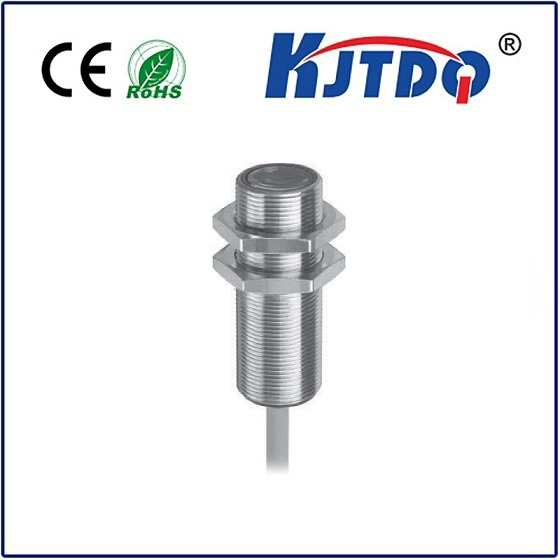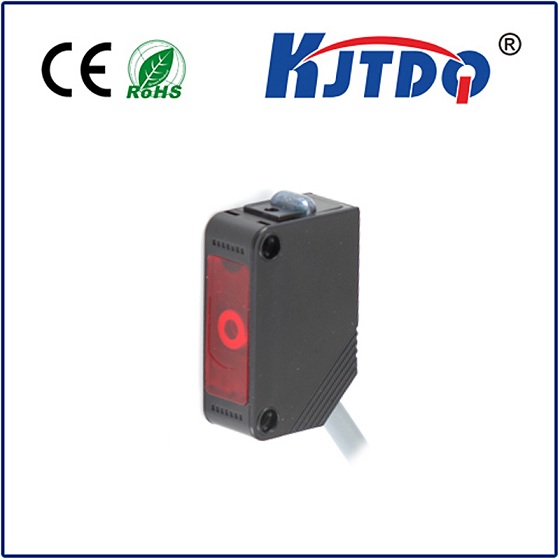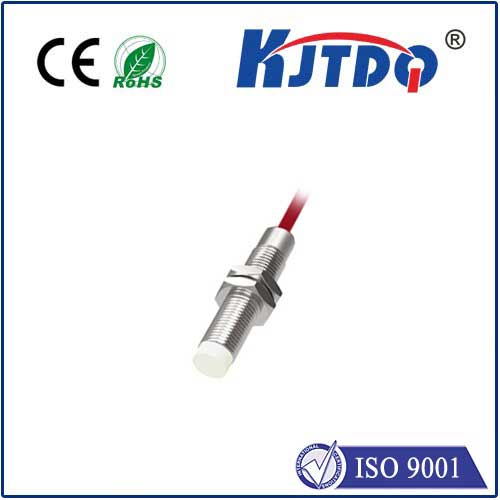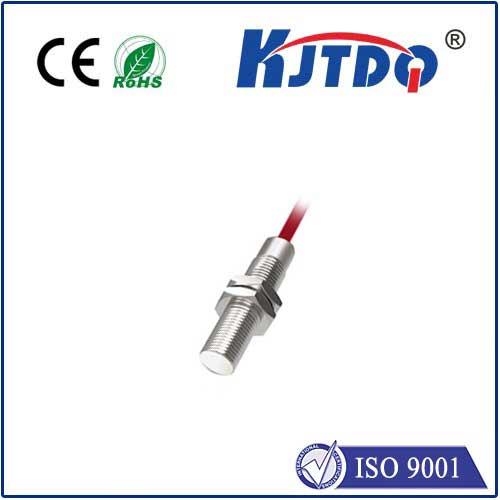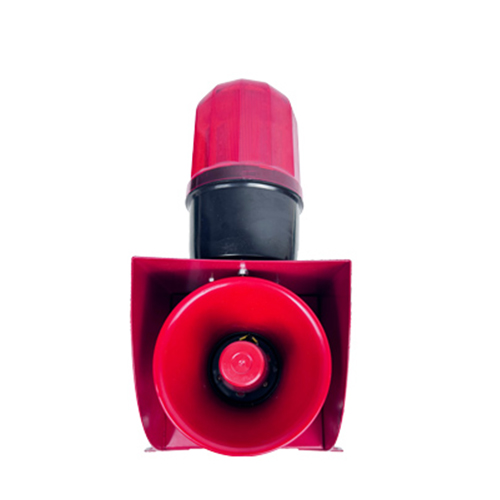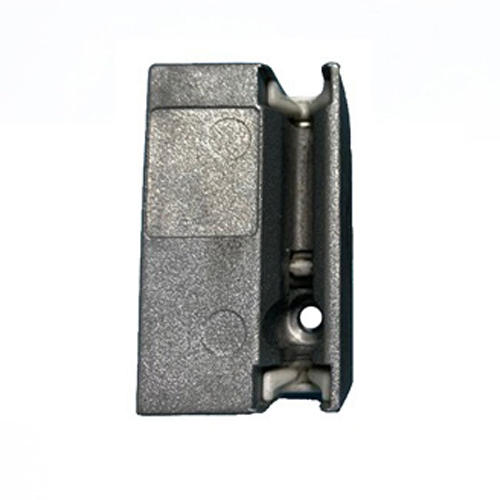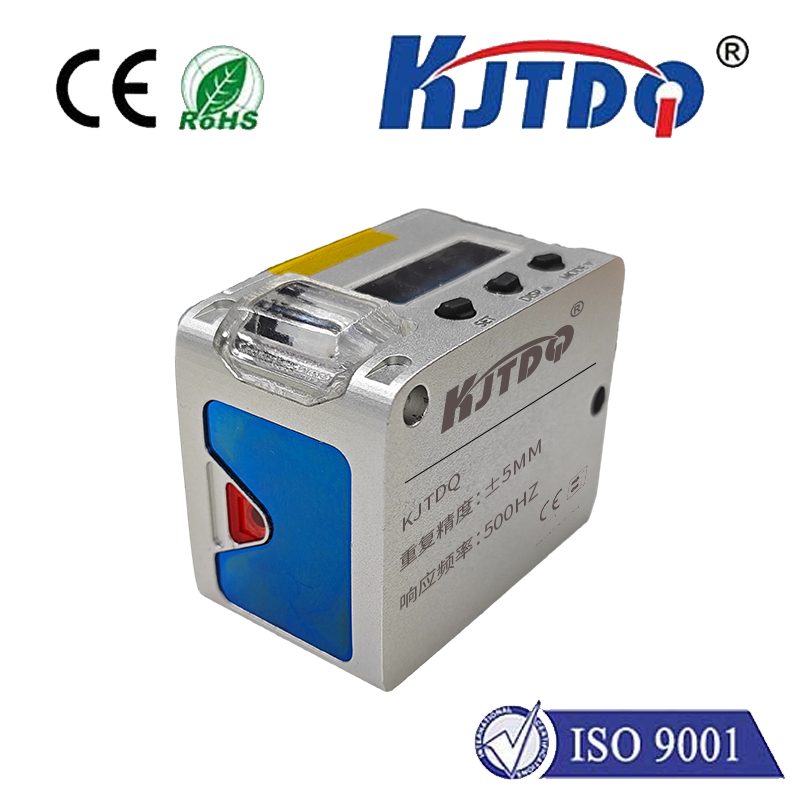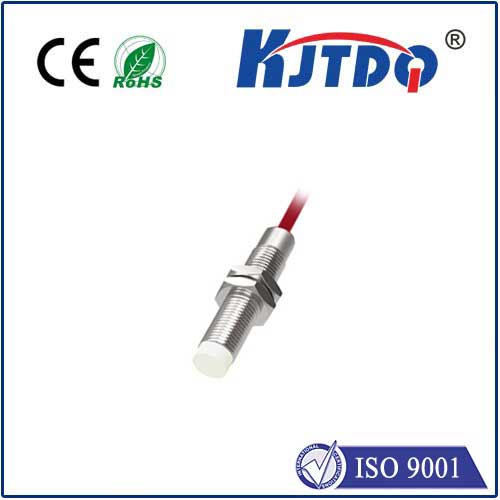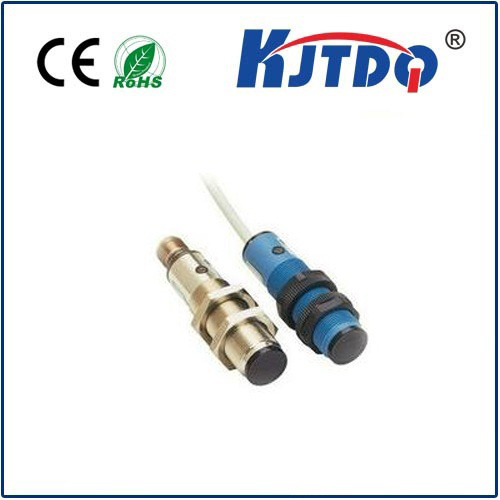Стоимость датчиков приближения
- time:2025-06-17 02:38:40
- Нажмите:0
Proximity Sensor Pricing Demystified: What Drives the Cost?
That unassuming little component detecting your face during a phone call or preventing an elevator door from closing on you – the proximity sensor – is a marvel of modern microelectronics. Found everywhere from smartphones and cars to industrial machines and smart home gadgets, its function is crucial yet often invisible. But when it comes time to procure these sensors, whether for a massive production line or a hobbyist project, the Стоимость датчиков приближения components can vary wildly. Understanding why these prices fluctuate is key to making informed decisions and optimizing your budget.
So, what exactly determines whether a proximity sensor costs a few cents or tens of dollars? The answer lies in a complex interplay of technology, performance, complexity, volume, and market forces.
1. Core Technology: The Foundational Price Factor
The fundamental operating principle of the sensor is the single largest cost driver. Different technologies suit different applications and carry distinct price tags:

- Infrared (IR): Often the most cost-effective solution, especially for reflective sensing (like detecting a hand near a device). Simple IR proximity sensors use an IR LED emitter and a photodiode/phototransistor receiver. Their ubiquitous presence in smartphones and consumer electronics drives massive economies of scale, keeping IR proximity sensor prices very competitive. However, advanced IR sensors with modulated light for ambient light rejection cost more.
- Capacitive: Excellent for detecting conductive or non-conductive materials (like liquids, plastic, skin) without physical contact. Simple capacitive proximity sensor cost can be low for basic touch sensing. However, proximity sensing cost increases significantly for more complex implementations requiring precise capacitance measurement circuits (capacitance-to-digital converters) and sophisticated algorithms to handle environmental drift and noise immunity. They are common in touchscreens, touchless faucets, and position sensing.
- Ultrasonic: Ideal for longer ranges or detecting objects regardless of material or color. These require piezo-electric transducers to emit and receive sound waves, plus signal processing circuitry. This inherent complexity makes ultrasonic proximity sensor price generally higher than basic IR or capacitive variants. They are used in parking sensors, tank level monitoring, and robotics.
- Inductive: Designed specifically for detecting metallic objects. They rely on generating an electromagnetic field. While robust and reliable in industrial settings, the cost of the coil and associated electronics places inductive proximity sensor cost typically above simple optical types, but they are often the only suitable choice for harsh metal-dominant environments.
- Photoelectric (Through-Beam/Retroreflective/Diffuse): Used for precise distance or presence detection, often at longer ranges than basic proximity sensors. Photoelectric sensor cost varies greatly based on range, beam type, light source (LED vs. laser), and housing robustness. Industrial-grade variants command higher prices due to durability requirements.
- LiDAR (Light Detection and Ranging): While technically offering proximity data, LiDAR systems (especially scanning types) are sophisticated and represent the premium end of the proximity sensing cost spectrum, used in autonomous vehicles and high-precision mapping. Solid-state LiDAR is bringing costs down but remains significantly higher than simpler technologies.
2. Performance Specifications: Paying for Precision and Range
Within a chosen technology, the required performance parameters heavily influence price:
- Sensing Range: A sensor needing to detect an object at 100mm will almost always be cheaper than one reliably sensing at 100cm or 10 meters. Achieving longer range requires more powerful emitters, more sensitive receivers, and often more complex signal processing, directly impacting proximity sensor pricing.
- Accuracy & Resolution: Does the application need simple “on/off” presence detection, or precise distance measurement down to millimeters? Higher accuracy and finer resolution demand tighter component tolerances, more sophisticated calibration, and advanced algorithms – all adding to proximity sensor component cost.
- Response Time: Ultra-fast detection (microseconds) requires high-speed electronics and processing, increasing cost compared to sensors where milliseconds are acceptable.
- Environmental Robustness: Sensors designed to withstand extreme temperatures, high humidity, corrosive chemicals, intense vibration, or washdown conditions (IP67/IP69K ratings) require specialized materials, seals, coatings, and rigorous testing. This robustness inherently increases the Стоимость датчиков приближения units.
3. Design Complexity and Features: The Value-Add Premium
Beyond raw detection, additional features introduce cost:
- Integrated Processing & Intelligence: Sensors with built-in microcontrollers for digital output (I2C, SPI), adjustable sensitivity, ambient light rejection algorithms, or multi-object detection logic carry a higher proximity sensor price tag than simple analog-output devices requiring external processing.
- Form Factor & Packaging: Miniaturization isn’t cheap. Developing tiny sensors for wearables or smartphones often requires custom ASICs (Application-Specific Integrated Circuits) and specialized packaging techniques, significantly impacting proximity sensor pricing. Ruggedized housings for industrial use also add cost.
- Specialized Optics/Lenses: Achieving specific beam patterns or ensuring narrow field-of-view requires custom optics.
- Calibration Requirements: Sensors requiring individual calibration during manufacturing add labor and time costs.
- Regulatory Compliance: Meeting specific industry standards (automotive AEC-Q100, medical, etc.) involves rigorous testing and documentation, increasing proximity sensing cost.
4. Production Volume and Supply Chain Dynamics: The Power of Scale
Like most electronic components, the Стоимость датчиков приближения devices plummets with higher purchase volumes. Mass production for consumer electronics leverages economies of scale, amortizing R&D, tooling, and setup costs over millions of units. Conversely, low-volume or custom sensor orders will inherently carry a higher per-unit proximity sensor component cost. Furthermore, global supply chain health plays a major role. Shortages of key materials (semiconductors, specific substrates), transportation bottlenecks, or geopolitical instability can cause proximity sensor pricing volatility. Events like the COVID-19 pandemic highlighted how fragile these chains can be.
5. Brand Reputation and Supplier Relationships: The Intangible Factors
Established sensor manufacturers with proven reliability records, extensive technical support, long product lifecycles, and robust quality control processes often command a premium. While generic or lesser-known brands might offer lower proximity sensor cost initially, potential risks regarding consistency, longevity, and support need consideration. Developing strategic partnerships with suppliers can sometimes yield better pricing and priority during shortages.
Navigating the Cost Landscape: Strategies for Smart Procurement
Understanding these drivers empowers smarter buying decisions:
- Define Requirements Precisely: Don’t over-specify. Choose the simplest technology and minimum specifications needed for your application. A basic IR sensor might suffice where someone initially considers LiDAR.
- Embrace Standardization: Whenever possible, select standard, off-the-shelf sensors produced in high volumes. Custom solutions dramatically increase proximity sensing cost.
- Evaluate Total Cost of Ownership (TCO): Look beyond the unit price. Consider longevity, reliability, ease of integration, power consumption, and potential replacement costs. A slightly higher upfront proximity sensor price tag might save significant costs over the product’s lifespan.
- Leverage Volume: Forecast accurately and consolidate orders to maximize buying power and secure better proximity sensor pricing.
- Explore Multiple Suppliers: Don’t rely on a single source. Qualify alternatives to mitigate supply chain risks. Be mindful of significant deviations in proximity sensor cost; investigate the reasons thoroughly (quality compromises?).
- Consider Future Availability: Ensure the chosen sensor has a stable supply forecast, especially for long-lifecycle products. Obsolescence management can be costly.
The Стоимость датчиков приближения technology is never a single number. It’s a dynamic equation shaped by physics, engineering, manufacturing prowess,

